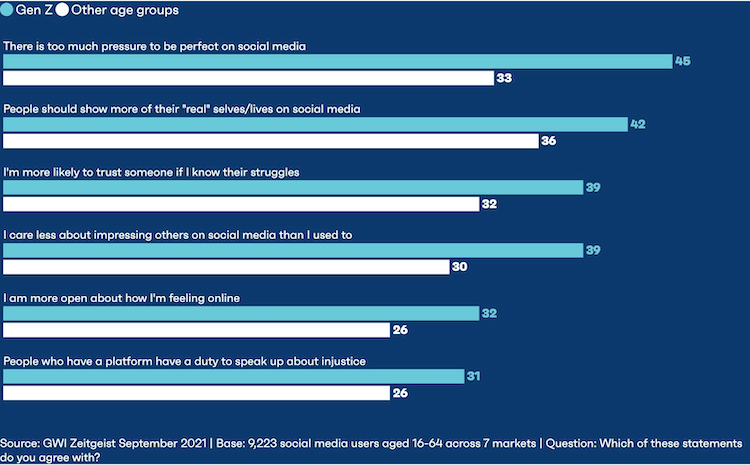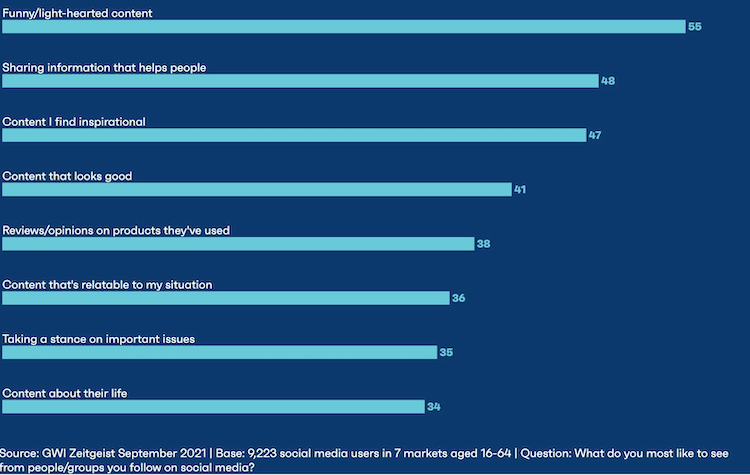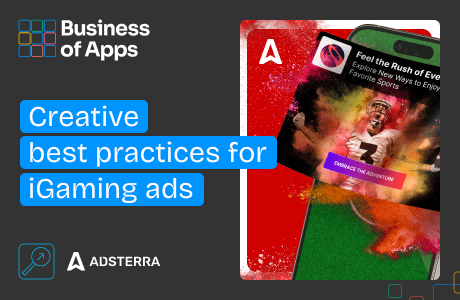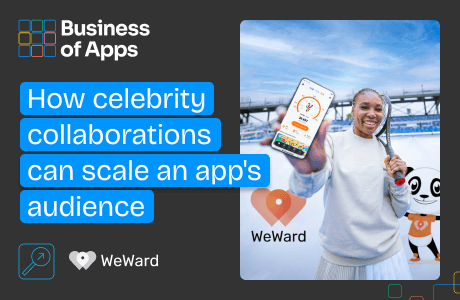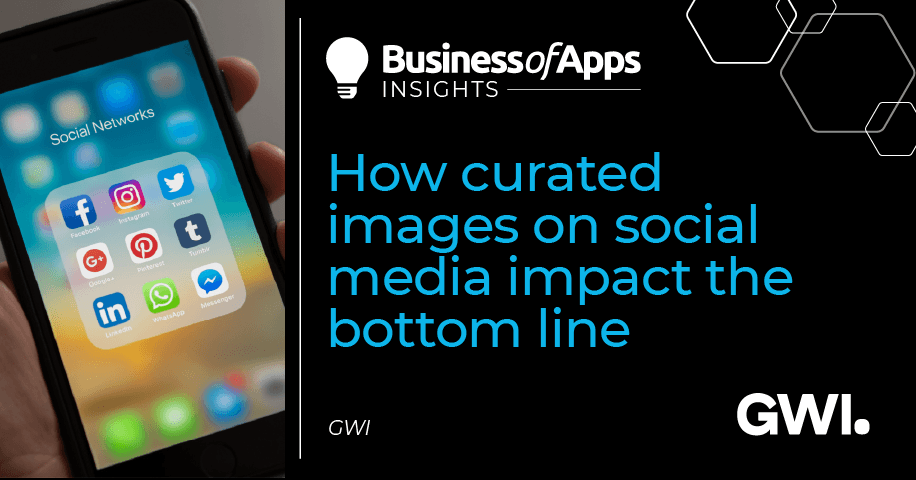
According to personal care brand Dove, 80% of American girls distort the way they look online by the age of 13.
That’s a pretty frightening stat; but from a business perspective, there’s long been demand for polished images on social media and apps like Facetune. So, it was often a case of “edit your photos, or lose out.” While various groups have made the case for less artificiality on social networks in the past, these movements never really took off on a large scale.
The pandemic wiped the slate clean. Lockdowns inspired a backlash against the influencer community. And with popular reality show Keeping Up With the Kardashians airing its final season, people started predicting the beginning of the end of celebrity culture as we know it.
That might sound a bit dramatic. But our research across 7 countries shows that calls for less curation and more substance are now fairly widespread – as more share their struggles and unapologetically celebrate their “flaws”. 36% of social media users say people should show more of their “real” selves on platforms, and 32% are more likely to trust someone if they know of their struggles.
Given trust is what made influencers successful in the first place, these shifts will surely influence the bottom line of any business marketing in this space. It’s by tapping into today’s vibe that brands and their ambassadors can hope to get ahead.
Amid protests for less style and more substance, Gen Zs are in the front line:
Gen Zs are especially wary of the pressures they feel when posting. “Finstas“, second Instagram accounts where users share private photos to a smaller circle, have been around for a while. Plus, in the early days, TikTok was mainly used by this generation and often seen as an escape from the easy gloss of other sites. During the pandemic, more came to terms with this way of thinking.
Compared to Q2 2020, American Gen Zs have grown 13% less likely to want their lifestyle to impress others. Instagram’s decision to allow likes and comments to be switched off is yet another sign that this kind of validation is falling from power.
Gen Z usually offers clues into where global consumer sentiment is headed. While they’re more likely to agree with all of the statements in our chart, other age groups aren’t miles behind. Across the board, there’s a large group seeking further conversation about personal and societal challenges, and less pretense.
That’s not to say people no longer care about being aspirational, but that the hallmarks of this quality have shifted. Many aspire to be brave enough to show the various layers of their life – in contrast to what they’re used to putting out there. As a result, over a quarter are now more open about how they’re feeling online.
Off the back of this, we’re seeing new layouts like the “photo-dump”, where social media users group random photos together in a post; and Cluttercore, a craze that celebrates interiors full of meaningful, mismatched stuff. Past research has shown the benefits of candid (rather than posed) pictures as a way of making people seem more genuine, and it’s likely these formats achieve something similar.
Life can be messy and various audiences want their social media feeds to reflect that. Rather than lots of likes for posts that hide what happens behind the curtain, more are influenced by content that inspires self-love.
How brands can make sure they’re meeting the mark on social media:
Today, many don’t just look and see a pretty picture, they’re thinking: “what do I get out of this?”. Just as digital wellbeing tools caught on as people started discussing the impact of smartphone engagement, movements and regulations to better manage filter usage have shot up over the last couple of years.
Documentaries like Fake Famous also draw attention to people’s ability to buy followers, create fake photo shoots, and manufacture fame on social media; and these ideas seem to be circulating. The hashtag #nofilter, for example, has over 3.8 billion views on TikTok and 285 million posts on Instagram.
People don’t like to be lied to. Around 1 in 5 social media users most want to see pictures that don’t use filters from the people they follow, and the stakes for professionals choosing to modify content are higher: around a quarter agree that influencers should make it clear when they use filters in their photos.
Every social media star will have had bad skin days or struggled emotionally at some point. Sharing these aspects of their life doesn’t leave a blemish on an otherwise perfect profile, but often brings it down to earth in the eyes of viewers.
Soon, popular online personalities may be pushed to moderate the glam, so it’s better they adapt early. This year, Norway made it illegal for influencers to share retouched photos without a disclaimer. While editing professional posts isn’t illegal in most countries just yet, businesses can stay ahead of future regulations by ensuring they have a strong set of guidelines in place.
As we’ve already argued, there’s a clear business case for cutting back on the usual rounds of editing and laying things bare; but also, for embracing humor. Together, these traits give off an air of honesty, self-care, and light-heartedness – which are all in style right now.
A study published by the American Psychological Association suggests that funny memes helped people cope with stress during lockdowns. It might have been a popular quality beforehand, but 46% say that when it comes to the accounts they follow, humor has become more important to them since the pandemic.
These patterns are probably something we’ve all felt or picked up on at some point over the last two years. While a mood is hard to pinpoint, our research puts numbers to it.
Not only that, it shows that helping internet users feel good about themselves is no longer just the right thing to do from a moral standpoint. Ticking these boxes can influence how well a brand is received on social media, and therefore, its profit margin. Ultimately, those who make the relevant tweaks are best placed to ride this high.



